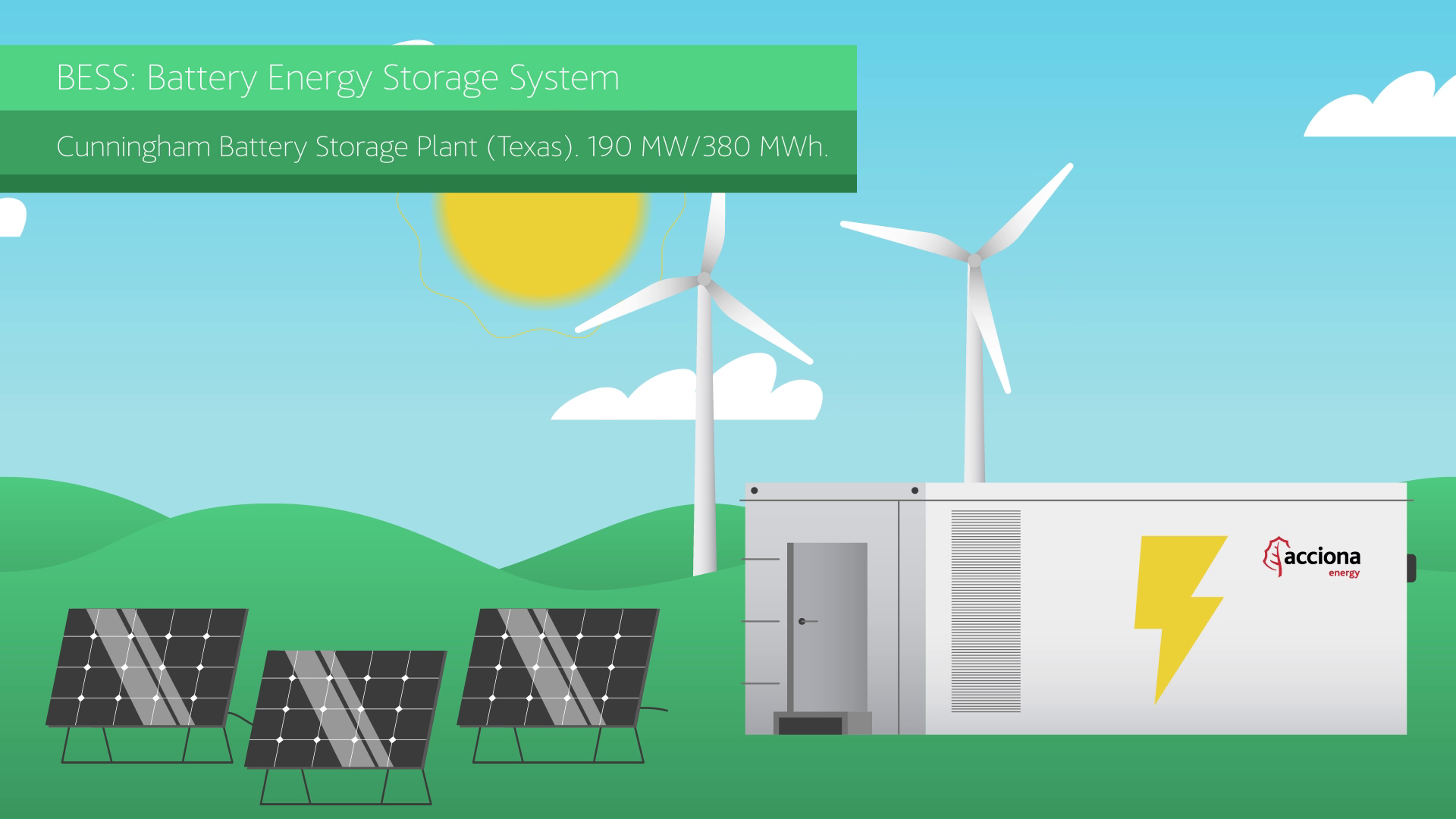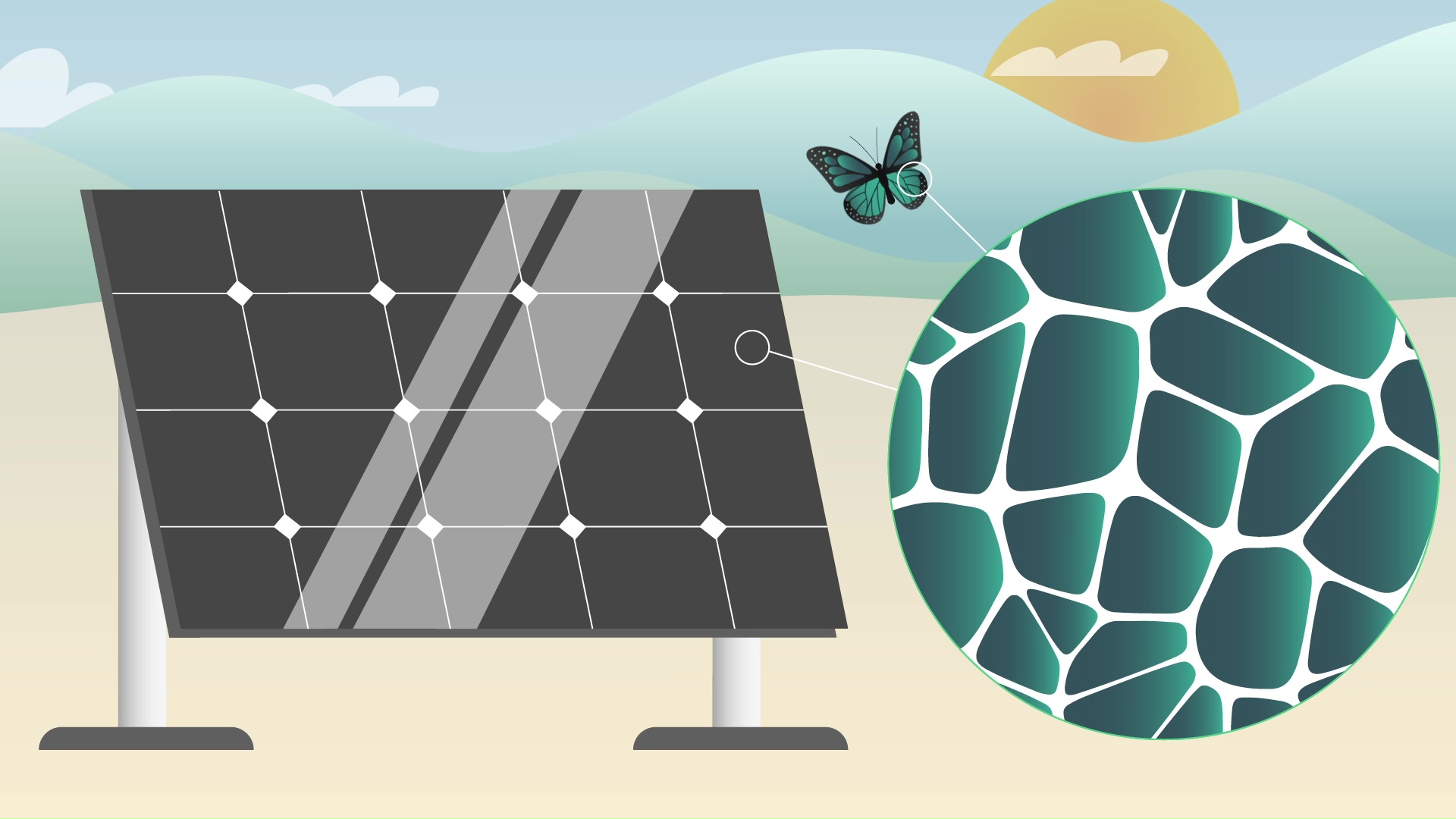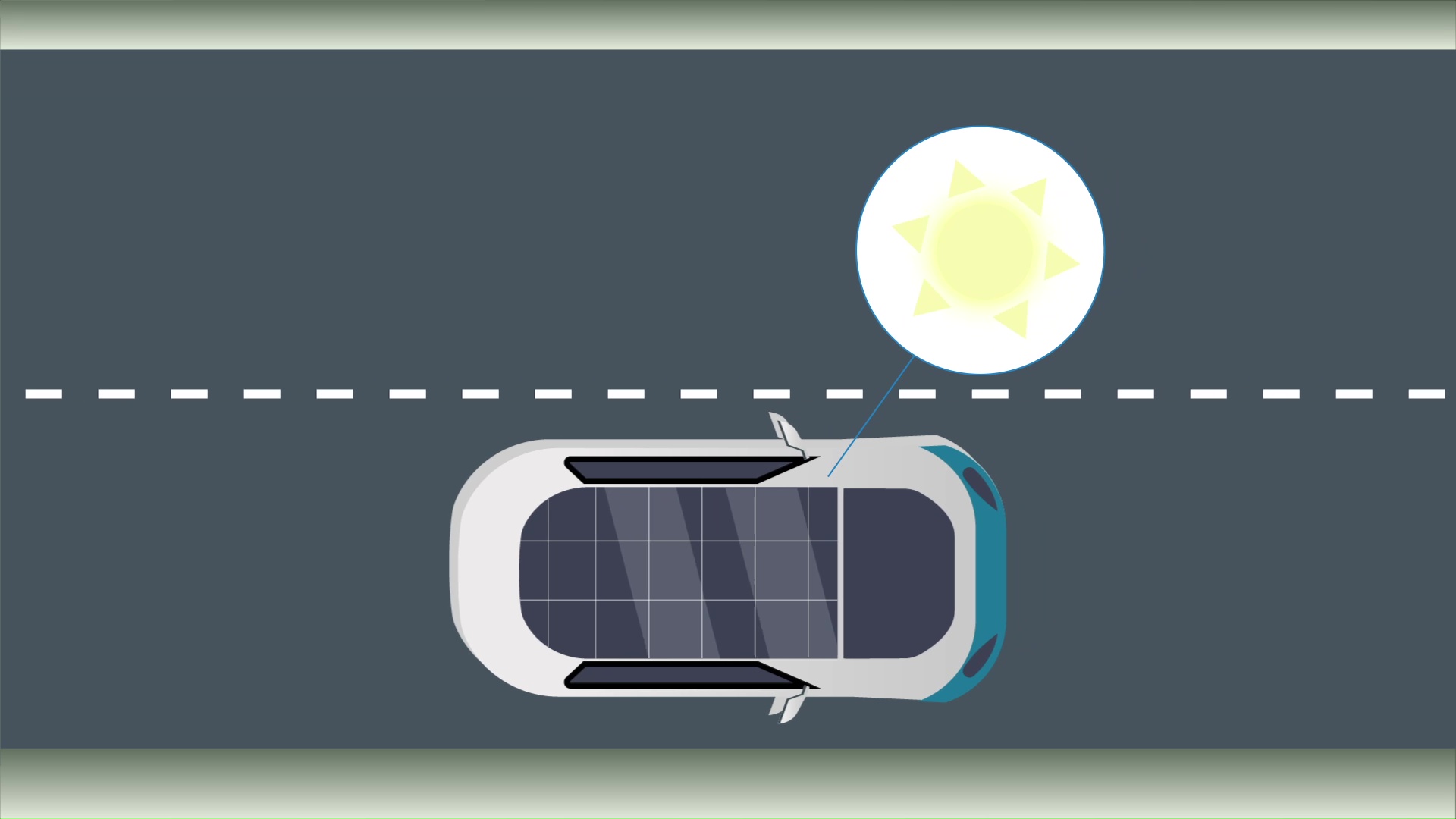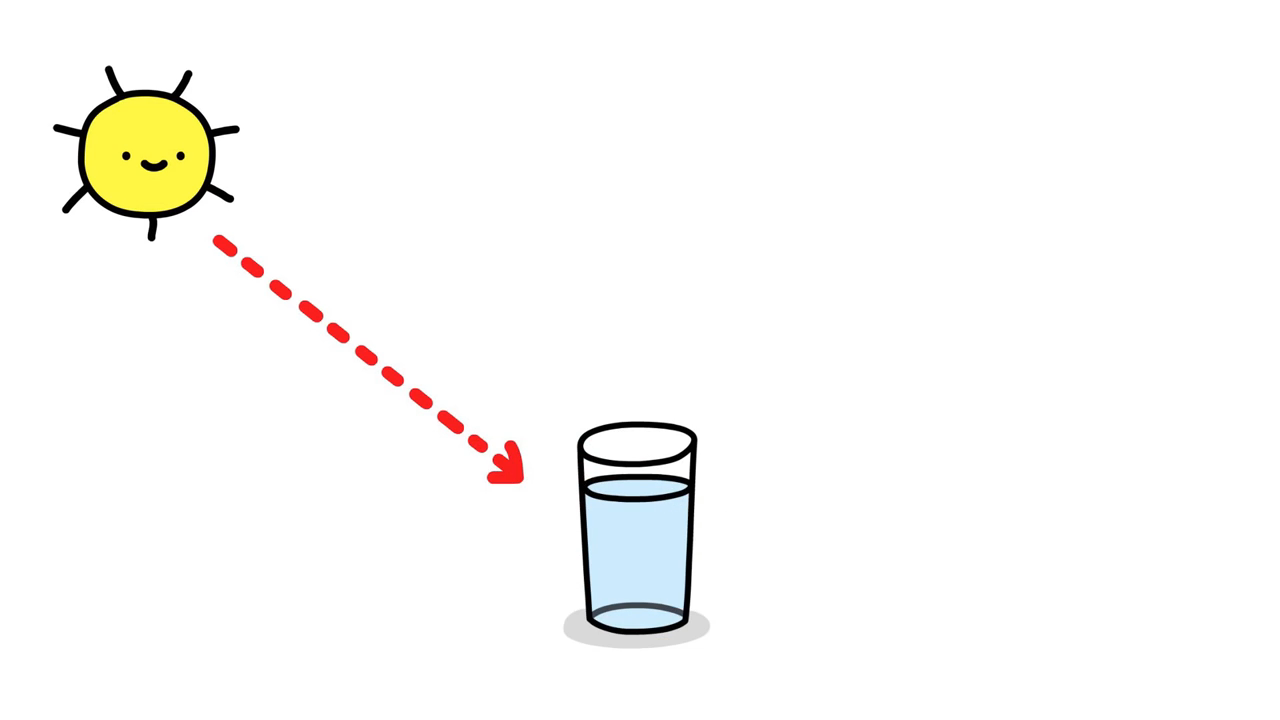Let it Snow… Electricity
At the University of California, they have been working hard to develop a low-cost and simple source of electricity from snowfalls.
Turning the pitter-patter of rainfall into renewable energy is now within reach, thanks to scientific advances harnessing the kinetic power of water droplets.
At the University of California, they have been working hard to develop a low-cost and simple source of electricity from snowfalls.
The use of calcium carbonate from eggshells to produce electricity has opened new possibilities in organic waste management.
Researchers have developed a system to harvest electricity from plant leaves.
To round up this exciting 2018 we have selected our most read stories, just in case you missed any of them amidst all the online news.
The story begins “Once upon a time…” and illustrates, in a very special way, the progress, innovation and commitment needed to design a better planet.
Paper and bacteria come together to provide a cheap and biodegradable technology for the batteries, sensors, and wearables of the future.
A new generation of bacteria-based solar PV cells is set to produce electricity even under overcast skies.
Read the most discussed articles
Solar thermal energy, also called solar thermal power or thermoelectric energy, is a renewable energy that uses the heat of the sun to produce clean electricity on a large scale. Like photovoltaic energy, which uses light energy from the sun captured by solar cells, solar thermal technology uses the sun's heat to warm a fluid, produce steam, and generate electricity in a conventional thermal process. There are also several technologies used to produce thermal energy: parabolic trough and central tower, primarily.
Solar thermal energy, also called solar thermal power or thermoelectric energy, is a renewable energy that uses the heat of the sun to produce clean electricity on a large scale. Like photovoltaic energy, which uses light energy from the sun captured by solar cells, solar thermal technology uses the sun's heat to warm a fluid, produce steam, and generate electricity in a conventional thermal process. There are also several technologies used to produce thermal energy: parabolic trough and central tower, primarily.









